deCarbonized #3: Direct air capture, Polkadot lowest carbon, Shopify offsets
WWF-UK faces backlash over plan to sell NFTs to fund conservation work, blockchain aiming to reshape green finance in 2022, Plus a Direct Air Carbon capture overview...
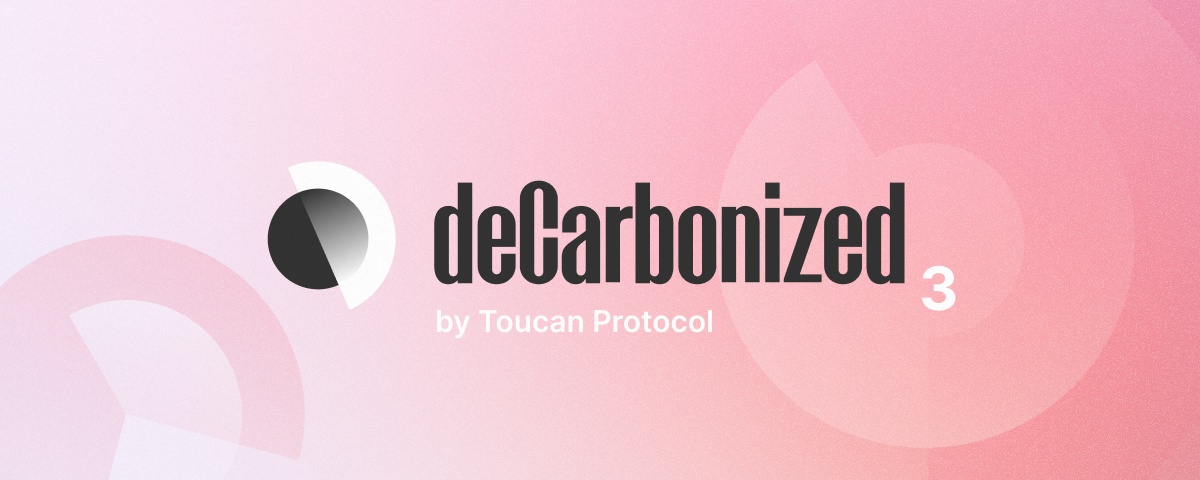
⛓ On-chain weekly carbon stats
Toucan Protocol is building carbon market infrastructure to finance the world's best climate crisis solutions. These are our on-chain stats from 26.01- 02.02:
- Volume bridged - 921,818 tonnes
- Volume traded - $33,427,352
- Volume retired - 3.13 tonnes

📢 Top news
- Global carbon markets value surged to record $851 billion last year
- EU lawmakers propose to incorporate direct air capture (DAC) and other carbon removal technologies into the bloc’s carbon market
- WWF-UK faces backlash over plan to sell NFTs to fund conservation work
- Blockchain technology holds the potential to reshape green finance in 2022

🌟 Featured Carbon Removal Solution
Direct Air Capture
What is Direct Air Capture?
Direct air capture (DAC) refers to technologies that remove CO2 directly from the air. Two main capture agents are used to achieve this:
- Solid sorbents - porous sheets or beads configured to form a bed, working like the catalytic converter in car.
- Water based solvents - liquids that react with CO2 to dissolve it in an aqueous solution.
Fans draw air into contact with these capture agents so that the CO2 collides and binds, while the other components of air move through unimpaired. Air flow is moderated to ensure that the capture agent is able to break the CO2's chemical bonds, forming carbamate or carbonate.
This high-purity CO2 is then recovered from the capture agent using heat, a pressure differential or a chemical displacement reaction.
Once the CO2 has been recovered it is then compressed and transported or immediately injected into deep underground storage. This could be as a gas or via a process of mineralization (as explored in a previous edition of deCarbonized).
Check out this simple visualization from WRI:
DAC approaches to carbon dioxide removal have a low risk of non-additionality given their current cost vs carbon price, with carbon captured unlikely to be physically reversed.
A more moderate risk relates to the energy consumption of DAC technologies needed to power the intake fans and power the process of recovering the CO2 from the capture agent.
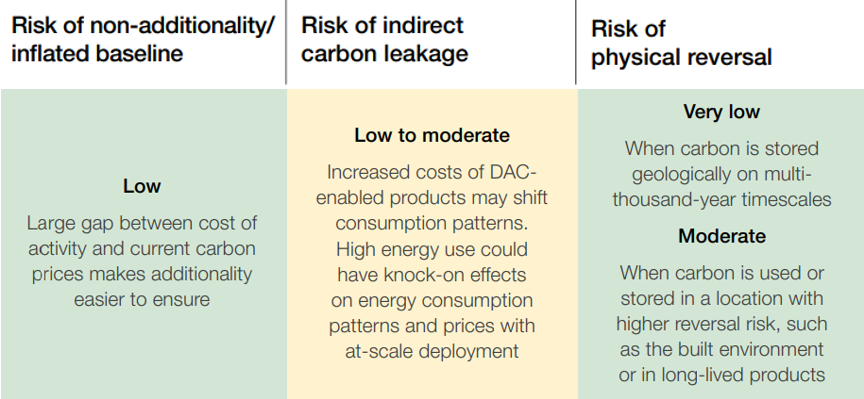
Potential removal capacity
It is estimated that DAC removal capacity could vary between 0.5 and 5 giga tonnes globally by 2050.
While DAC remains expensive at $350- $750 per tonne of CO2 removal, as economies of scale for dominant technologies build studies estimate that this could reduce to $100 by 2050.
There are several financial and sustainability factors that effect large-scale deployment, including:
- High energy use- Depending on the energy source used to recover the captured CO2, relinquishing 1 mega tonne currently requires 180- 500 MW of power a year. The design of a DAC plant therefore may also include a co-located energy which requires additional land and infrastructure.
- Siting issues - DAC needs to be located near to reliable energy infrastructure and the final CO2 storage location if transport costs are to be reduced.
A recent Nature article demonstrated that while some DAC approaches are more sustainable than others, they can take up to five times more resources to develop than switching from gasoline to electric vehicles.
A full life-cycle analysis for each DAC project is therefore needed to understand its net carbon benefit.
More on how DAC works can be found in the CDR Primer.

✨ Innovative DAC projects
The following projects actively seek to overcome the issues of energy use and siting discussed above:
- Noya retrofit existing cooling towers by adding a water-based solvent that absorbs CO2 from existing processes.
- Heirloom is powered by 100% renewables and reduces energy use by passively exposing air to minerals that capture CO2.
- Solid Carbon aim to deploy DAC technology installed on an ocean floating platform powered by renewable energy, which will inject captured CO2 into the subsea floor.
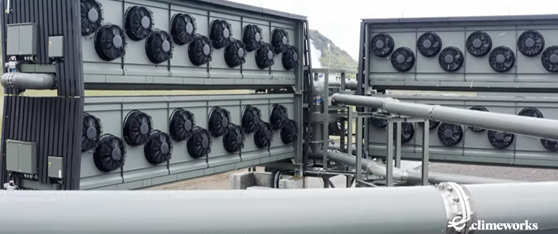
💵 Scaling DAC implementation
Founded in 2010, Climeworks is a Swiss company developing solid sorbent-based DAC units.
The 2021 Orca project is the world's first large scale DAC project, which mixes extracted CO2 with water and injects it 700 meters underground. Here it reacts with basalt rock in a process of mineralization perfected by project partner Carbfix. This enables carbon to be stored extremely securely, capturing 4000 tonnes of CO2 a year.
Orca uses only low carbon energy and has halved the amount of steel compared to previous demonstration projects. Life cycle analysis of the plant demonstrates that it captures ten times more carbon from the air than it will emit over its lifetime.
LGT (the world’s largest family-owned private banking and asset management group) recently signed a ten-year agreement with Climeworks to remove 9000 tons of CO2- the largest ever direct air capture agreement signed by a bank. This was the third ten-year purchase for Climeworks in just 5 months, alongside Swiss RE and Boston Consulting Group.
While the current cost of Climework's removals is still $600 a tonne, they have publicly stated that they anticipate costs to decrease to $200- $300 a tonne by 2024.
You can offset your individual carbon footprint via Climeworks here.

🐳 Offset whales
Shopify👏
Since 2020, Shopify have committed to offset 30,490 tonnes via 11 carbon removal projects. These include:
- 2 DAC projects developed by Heirloom and Climeworks, offsetting 400 and 5000 tonnes of carbon respectively
- 2 biooil projects with Charm Industrial that will remove 7000 tonnes of CO2
- A micro algae project with Running Tide that will offset 4100 tonnes
Get more offset stats from this great spreadsheet created by Robert Hoglund.
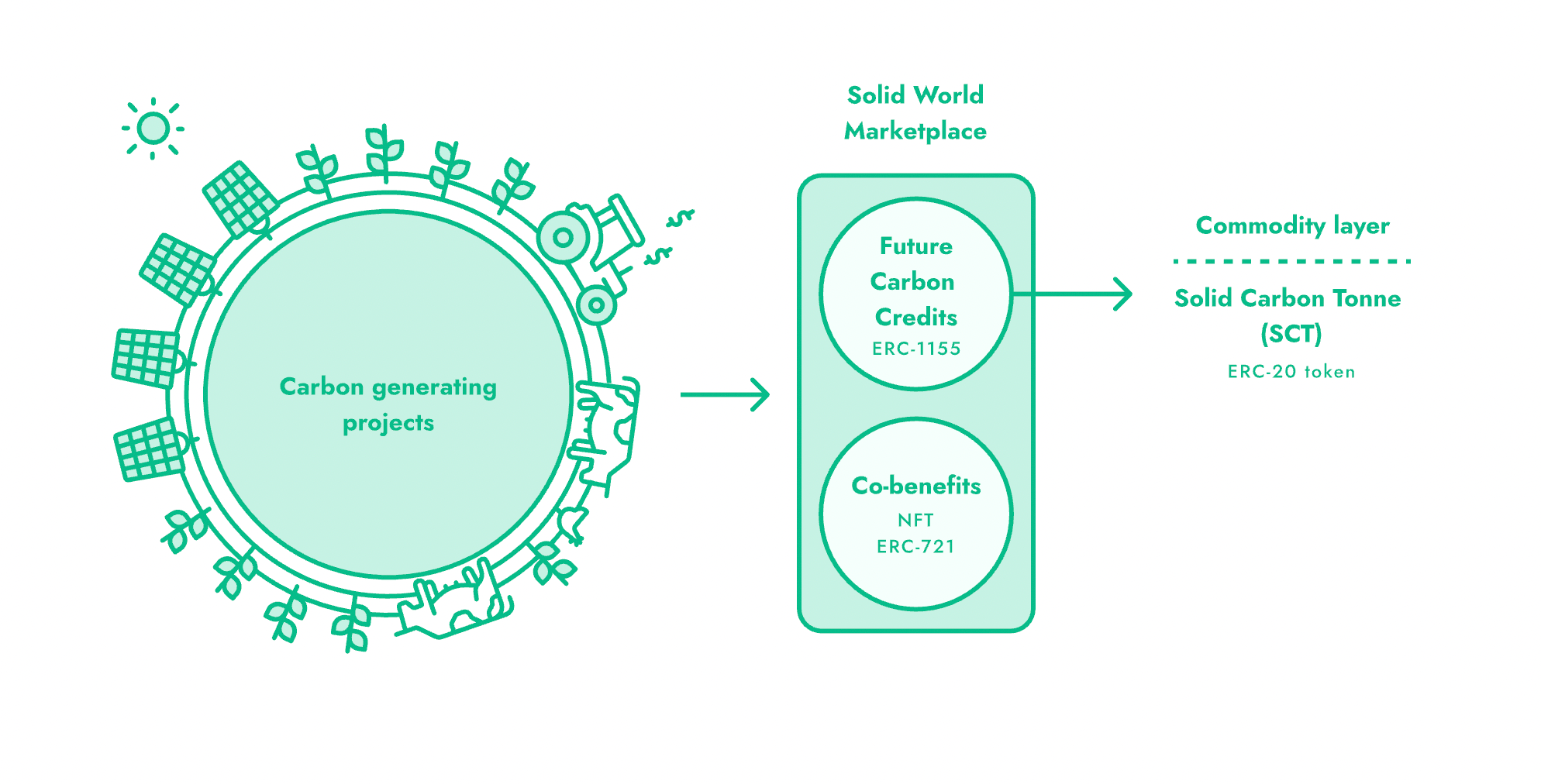
💼 Jobs board
- Carbon Project Business Developer, Solid World DAO - Europe remote
- Nature-Based SME Offsets, Chevron New Energies - Houston, Texas
- Policy Manager, Embodied Carbon, Bellona Europa - Brussels, Belgium
- Director of Energy, SYSTEMIQ - Amsterdam, Netherlands
🔎 Research in focus
Blockchain for clean energy uptake in the Global South
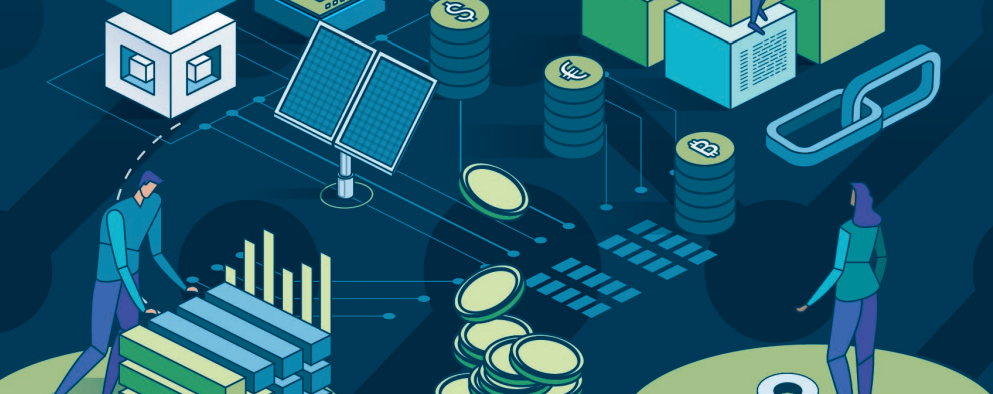
A recent report by the UN Environment Programme and the Social Alpha Foundation sheds light on the potential of blockchain technologies to drive low carbon energy solutions in low income countries.
Five main applications are explored that address issues currently related to clean energy investment:
1. Peer-to-peer energy trading
Enables intermittent, decentralised renewable electricity generation to be assimilated locally. This creates a localized market where grid disruptions can be managed and direct value is provided to generators and users.
2. Market platform for renewable energy certificates
Increases transparency by registering renewables users and devices, tracking energy generated and issuing corresponding certificates that can then be traded.
3. Trading of carbon credits
Facilitates the development of a more transparent, trustworthy carbon trading platform, allowing local projects to become tokenised and engage in global carbon markets.
4. Digital MRV
Increases the trust and utility of data collected to support climate mitigation.
5. Micro-leasing marketplace
Facilitates the transfer of funds in digital currency between various investors, enhancing the efficiency and transparency of climate finance flows.
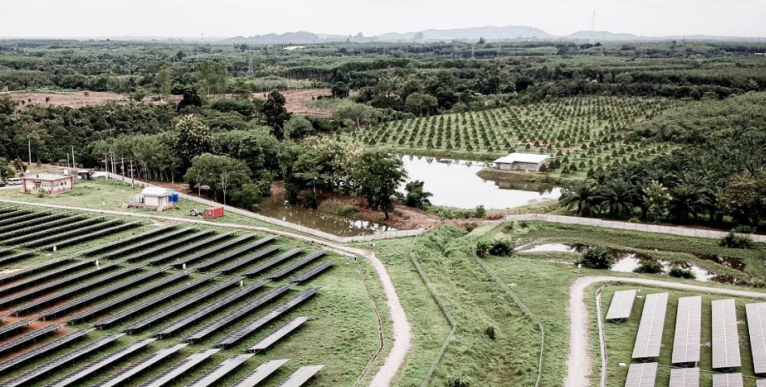
By exploring a series of case studies, five overarching challenges to deploying these blockchain applications are identified:
- Low local digital literacy
- Poor access to digital infrastructure
- No guarantee of high quality data inputs
- Potentially negative environmental impact of increased tech adoption
- Lack of policy and regulatory sandboxes to effectively manage blockchain solutions
The report concludes by highlighting that new blockchain and MRV technologies must always be designed following human-centered approaches that are appropriate to the area in which they are deployed.
Check out the full report with detailed case studies here.
🌍Hot on blockchain
Polkadot comes out on top in carbon footprint study

Energy use by crypto mining remains a topic of controversy. New research by the Crypto Carbon Ratings Institute seeks to quantify the differences in energy consumption by six of the top proof-of-stake networks: Polkadot, Tezos, Avalanche, Algorand, Cardano and Solana.
Some of the findings include:
- Polkadot has the lowest total electricity consumption and carbon emissions per year
- Cardano uses the lowest energy per node per year
- Solana uses the lowest electricity per transaction

The report highlights that proof-of-stake networks consume less than 0.001% of the Bitcoin network, with the total energy consumption of the Polkadot network at 70,237 kWh versus Bitcoin's 89,780,000,000 kWh.
Check out the full report here.
Thank you so much for reading deCarbonized! 👏
How did you find it? What did we miss? Let us know: hi@toucan.earth
Reach out to us on social and join the community:
Toucan is building the technology to bring the world's supply of carbon credits onto energy-efficient blockchains and turn them into tokens that anyone can use. This paves the way for a more efficient and scalable global carbon market.
Many thanks to Anna, Andi, Alex and Emilio for bringing this newsletter to life! 🙏🏼

